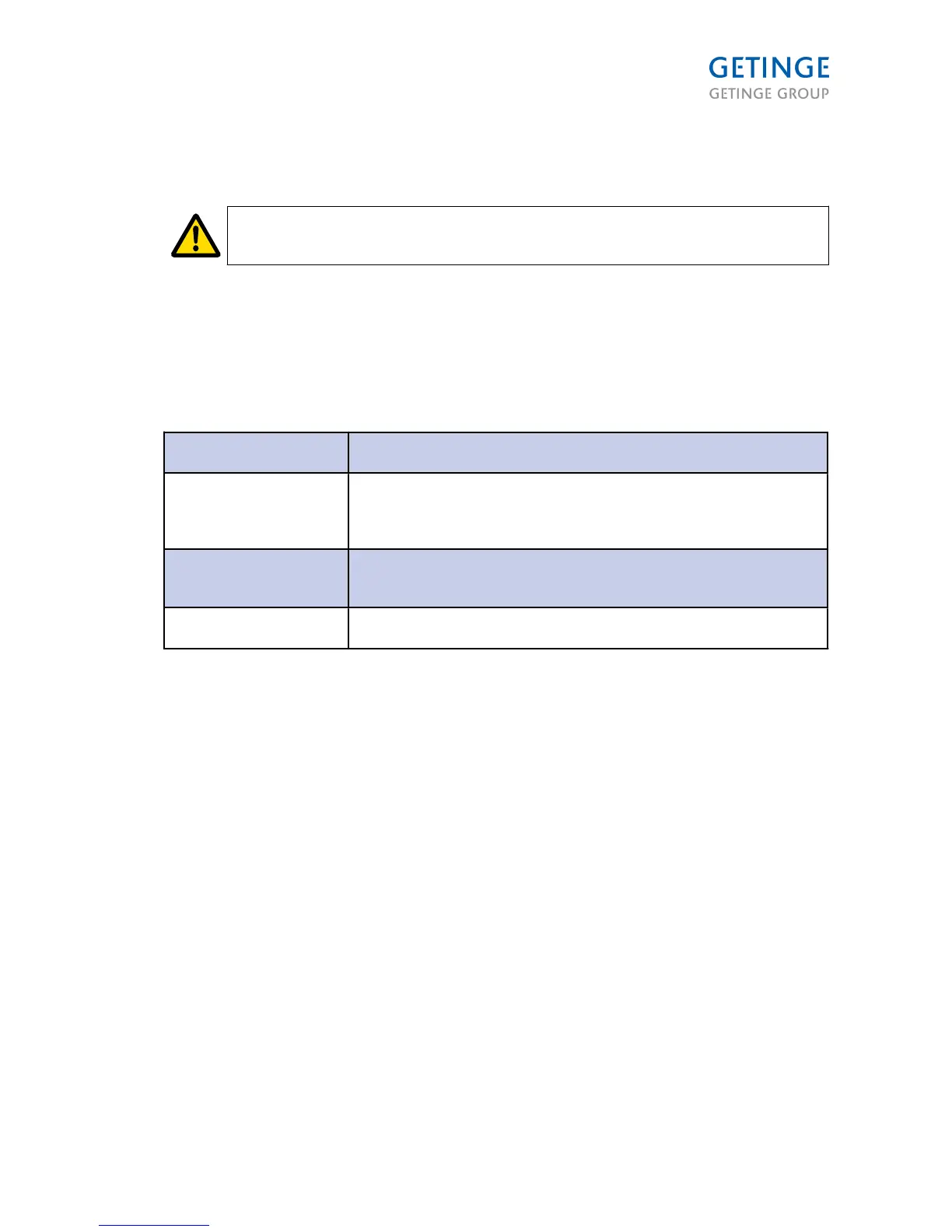WATER QUALITY
It is the customer’s responsibility to supply the washer-disinfector with water of
the right quality.
The quality of the water used in all stages of cleaning is important for good cleaning results. The water
used in each step should be compatible with:
• The material that the washer-disinfector is made of.
• The chemicals used in the process.
• Process requirements for the various stages of the process
The main factors for good water quality are:
Hardness High hardness will cause limescale deposits in the washer-disinfector,
leading to poor cleaning results.
Ionic contaminants A high concentration of ionic contaminants may cause corrosion and
pitting on stainless steel.
Heavy metals such as iron, manganese or copper cause instruments to
tarnish.
Microbial contaminants Items to be washed are treated for microorganisms and their residual
products, which may cause fever-like symptoms if they get into the human
body. Use water that does not increase the biological load.
Sanitary chemicals High concentrations of, and high exposure to, sanitary chemicals may
cause corrosion and pitting on stainless steel.
Getinge Disinfection AB recommends that water used in the pre-rinsing, washing and final rinsing phases
should be of drinking quality in accordance with the guidelines. Recommended water quality is drinking
water with max. 5°dH. Detailed information about acceptable water quality can be found in “Guidelines
for Drinking Water Quality, 3rd Edition” published by WHO.
Follow local standards if they are stricter that Getinge Disinfection AB's recommendations. Especially
when treated water is used for the final washing/disinfection phase. A typical specification for treated
water is:
pH
5.5 to 8
Conductivity <30 µs.cm-1
TDS <40 mg/l
Maximum hardness <50 mg/l
Chlorine <10 mg/l
Heavy metals <10 mg/l
Phosphates <0.2 mg/l as P2O5
Silicates <0.2 mg/l as SiO2
Endotoxins <0.25 EU/ml
Total number of micro-organisms <100 per 100 ml
Additional advice should also be obtained from the manufacturers of chemical and medical equipment.
Page 87 of 92
<Doc_INS><Doc_6001341302><Rel.A><Lang_en>

